Integration of Virtual Reality in Training
The integration of virtual reality (VR) into training programs significantly impacts the medical simulation market in South Korea. VR technology offers immersive experiences that enhance learning outcomes for medical students and professionals. By simulating real-life scenarios, VR allows users to practice complex procedures without the risk of harming patients. The market for VR in medical training is expected to reach $500 million by 2026, indicating a robust growth trajectory. This technology not only improves engagement but also facilitates the retention of knowledge and skills. As educational institutions and hospitals increasingly adopt VR solutions, the medical simulation market is likely to expand, driven by the demand for innovative training tools.
Rising Demand for Healthcare Professionals
the South Korea medical simulation market experiences. This trend is driven by the growing need for skilled practitioners in various medical fields. As the population ages and healthcare needs evolve, educational institutions and healthcare facilities are investing in simulation technologies to enhance training programs. The market is projected to grow at a CAGR of approximately 15% over the next five years, reflecting the urgency to equip professionals with practical skills. Medical simulation provides a safe environment for learners to practice procedures, thereby improving their confidence and competence. This rising demand for healthcare professionals is a key driver for the medical simulation market, as it encourages the adoption of advanced training methodologies.
Regulatory Changes Promoting Simulation Use
Recent regulatory changes in South Korea are promoting the use of simulation in medical training, thereby impacting the medical simulation market. Authorities are increasingly recognizing the value of simulation-based education in ensuring patient safety and improving healthcare quality. New guidelines encourage the incorporation of simulation into curricula for medical and nursing schools, which is expected to drive demand for simulation technologies. As institutions align their training programs with these regulations, the medical simulation market is poised for growth. This regulatory support not only enhances the credibility of simulation training but also encourages investment in advanced technologies.
Increased Focus on Interprofessional Education
The medical simulation market in South Korea is witnessing a shift towards interprofessional education (IPE), which emphasizes collaborative practice among healthcare professionals. This approach aims to improve patient outcomes by fostering teamwork and communication skills. Simulation-based training provides a platform for various healthcare disciplines to work together in realistic scenarios, enhancing their ability to collaborate effectively. As healthcare systems recognize the importance of IPE, investments in simulation technologies are expected to rise. This trend is likely to contribute to the growth of the medical simulation market, as institutions seek to prepare future healthcare teams for the complexities of patient care.
Growing Emphasis on Cost-Effective Training Solutions
In South Korea, the medical simulation market is driven by the increasing emphasis on cost-effective training solutions. Traditional training methods often involve high costs related to materials, equipment, and instructor fees. In contrast, simulation-based training offers a more economical alternative, allowing institutions to train multiple learners simultaneously without incurring excessive expenses. The ability to replicate various clinical scenarios without the need for real patients makes simulation an attractive option for healthcare providers. As budget constraints become more prevalent, the medical simulation market is likely to benefit from this shift towards more sustainable training methodologies.


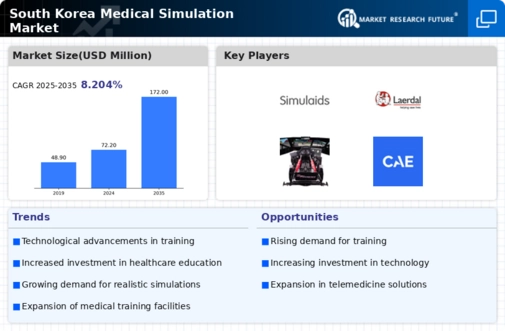
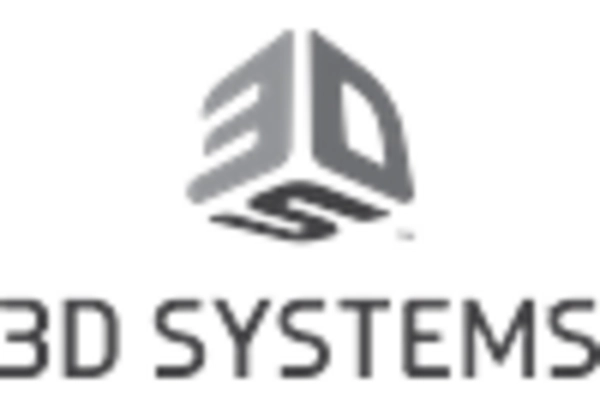
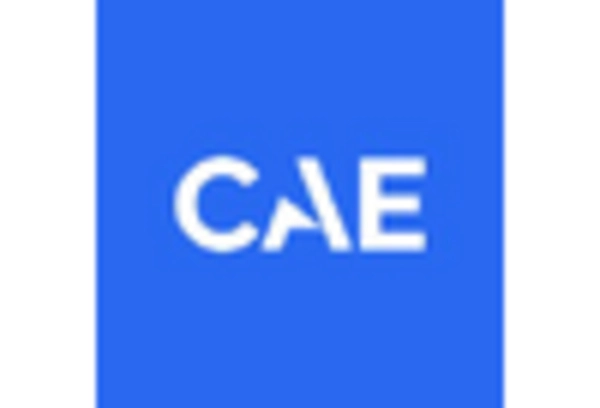
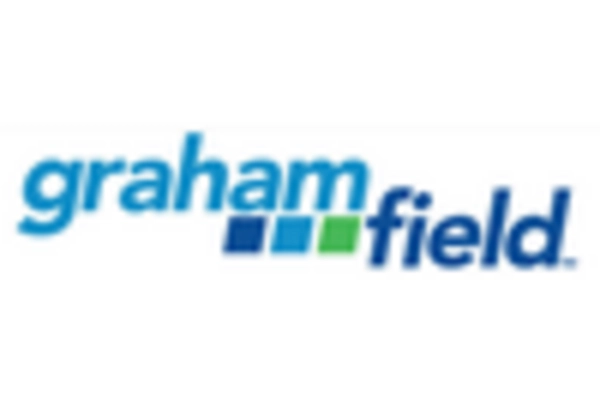
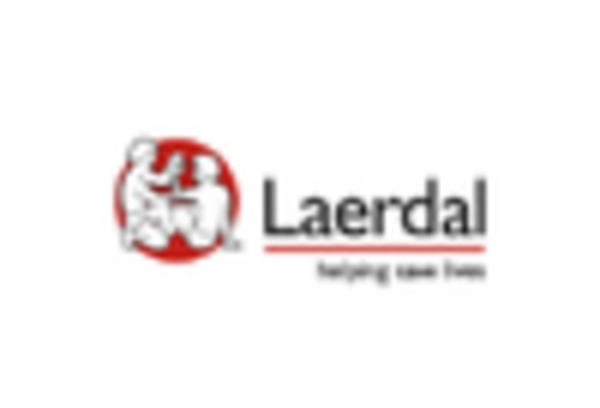

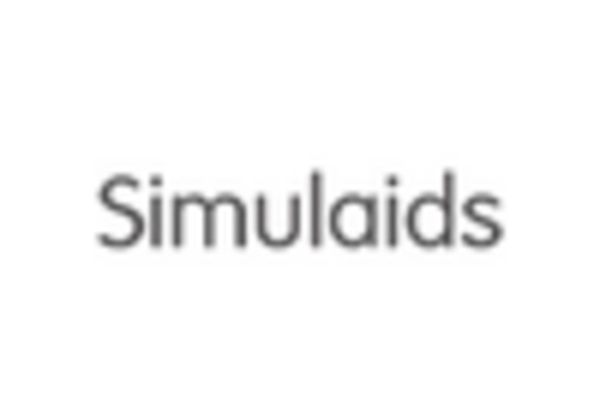








Leave a Comment